You can make this. You can totally make this. It does require some work – it’s not opening a bag of frozen dinner rolls and putting them in the oven (which I do), but it’s not being a pastry chef on Ace of Cakes either. If you know you’re going to be home for a few hours with intermittent free time, you can make bread from scratch. Bread’s pretty independent – give it some attention when it’s little and check in on it once in a while as it grows up.
When I watch little pieces of living yeast turn into a ball of dough, I feel like I’m a bystander to a crazy magic trick. I remember when I was little and first learned that yeast was alive – I couldn’t believe it. Recently I taught a cooking class to kindergartners and we made pretzels (recipe below). I tried to really amp up the surprise factor for them. I asked them to all hold out their hands and then I placed a little bit of dry yeast into their outstretched palms. I asked them what it smelled like and what they thought it was. They all thought it smelled weird (true) but couldn’t guess what it was. “This is yeast,” I told them. Silence. I knew that wouldn’t mean much. “It’s ALIVE.” Total pandemonium. “It’s alive????” they all gasped. “Yup, it’s alive. It eats sugar just like you do, and it likes being warm. Basically, yeast is happiest when it’s eating a candy bar in the pool. When it eats the sugar, it releases bubbles that will make our pretzel dough rise.” The kids loved it and could hardly believe their eyes when they saw the little bubbles start popping up in our pretzel dough. I may be a lot older than they are, but I feel the same sense of awe when I watch it happen in my kitchen.
Helpful Hints:
1. Gauging Temperature: Always use a thermometer to make sure your liquids and warming area are the right temperature. If it’s too cold, the yeast won’t activate and if it’s too hot, they’ll die – either way, you’re not going to get a good end result.
2. What’s a warm place?
a) Preheating your electric oven to the lowest possible temperature and then shut it off. After a few minutes, use your thermometer and when the temperature is around 85 degrees, put your covered bowl of dough inside and shut the door. Check on it after 30 minutes. If it needs to be reheated, warm a towel in the dryer and wrap it around your bowl while you preheat and cool the oven again.
b) Throw some laundry in the dryer. Then place your bowl or baking sheet on top. If your dryer is in a linen closet, put your dough in there and close the door.
d) I haven’t tested them, but you can find other tips at Baking911.com
d) I haven’t tested them, but you can find other tips at Baking911.com
Walnut and Rosemary Bread (from Cooking Light)
makes 2 loaves
makes 2 loaves
The Details
Special Tools: whisk, basting brush, thermometer
Ingredients:
2 cups warm 1% low-fat milk (100 – 110 degrees F)
1/4 cup warm water (100 to 110 degrees F)
3 tablespoons sugar
2 teaspoons salt
4 1/2 teaspoons dry yeast, or 2 packages (not instant)
5 1/2 cups of all-purpose flour, divided
1 cup chopped walnuts
3 tablespoons coarsely chopped fresh rosemary
1 large egg, lightly beaten
Cooking spray
1 tablespoon yellow cornmeal
1 tablespoon low-fat milk
1 large egg lightly beaten
1. Combine first 5 ingredients (through yeast) in a large bowl, stirring with a whisk. Add yeast, stirring with a whisk; let stand 5 minutes.
2. Lightly spoon flour into dry measuring cups, level with a knife. Add 2 cups flour to yeast mixture, stirring with a whisk. Cover and let rise in a warm place (85 degrees F), free from drafts, 15 minutes
3. Add 2 1/2 cups flour, walnuts, rosemary, and 1 egg, stirring with a whisk. Turn dough out onto a lightly floured surface. Knead until smooth and elastic (about 10 minutes), adding enough of the remaining flour (and more if you need to), 1/4 cup at a time, to prevent dough from sticking to hands.
4. Place dough in a large bowl coated with cooking spray, turning to coat top. Cover; let rise in a warm place (85 degrees F) free from drafts, 1 hr or until doubled in size (lightly press two fingers down into the dough – if an indentation remains, the dough is ready).
5. Preheat the oven to 400 degrees F.
6. Punch the dough down (the best part!) and turn it out onto a lightly floured surface. Divide it in half and shape each portion into a round loaf. Place them both on a baking sheet dusted with cornmeal. Cover with a cloth and let rise 30 minutes or until doubled in size.
7. Whisk together 1 tablespoon of milk and one egg. Brush over loaves. Make 3 diagonal cuts 1/4-inch deep across the top of each loaf with a sharp knife.
8. Put the pan in the oven and reduce oven temperature to 375 F. Bake 40 minutes or until bottoms of the loaves sound hollow when tapped. Let stand 20 minutes before slicing.
Enjoy with olive oil, humus, or toasted with honey for breakfast. How do you like yours?
Nutrition Facts (from cooking light): A slice that is 1/12 of a loaf contains: 170 calories, 5.4g fat (1.2g saturated fat), 1.3g fiber, 222mg sodium
Get my Free E-book: 12 Simple No-Stress Breakfasts!
When you subscribe to my newsletter, you will receive 1-2 e-mails a week filled with news and recipes to make your life healthier and less stressful
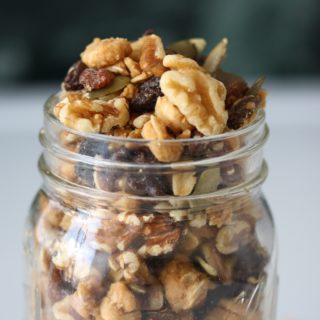
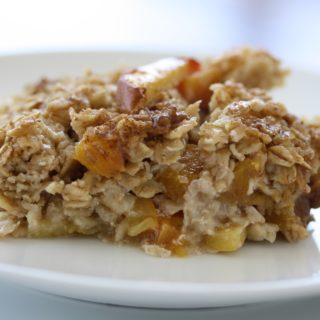
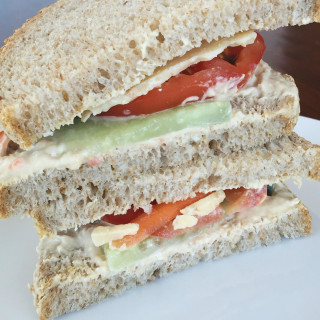
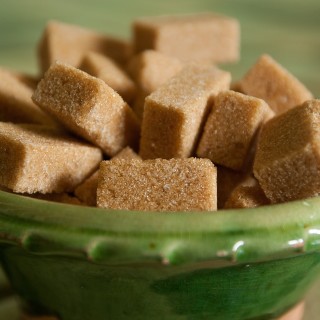
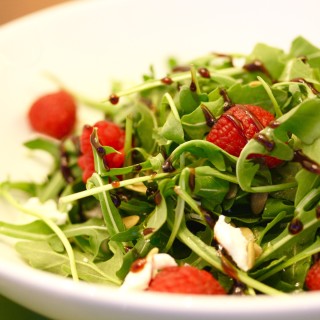
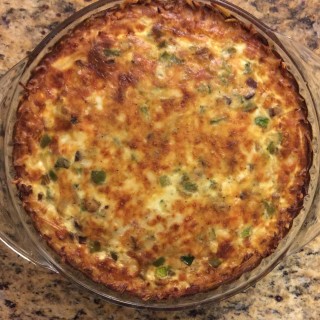
I like it like you do with hummus! Or some fancy cheese, also yummy.
Spotted you on Tastespotting! Amazing looking bread. I am a sucker for anything with rosemary in it!
Thank you Leslie! I have to agree with you on rosemary – one of the best parts about making this bread was smelling the fresh rosemary the whole time…